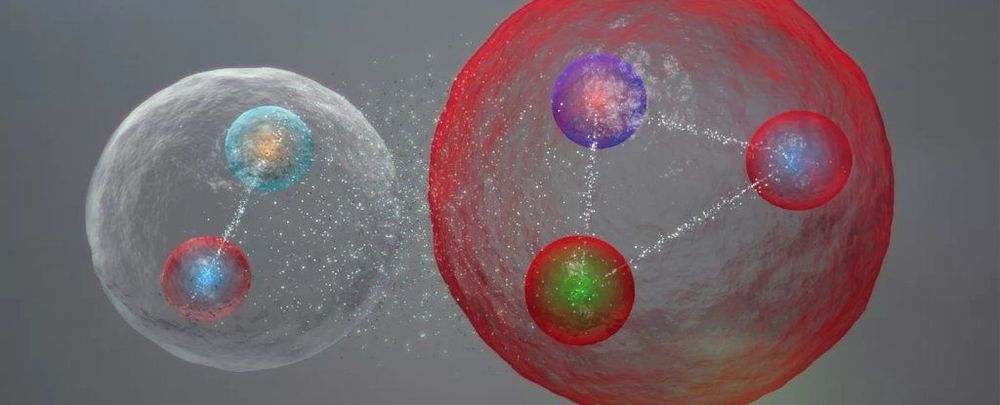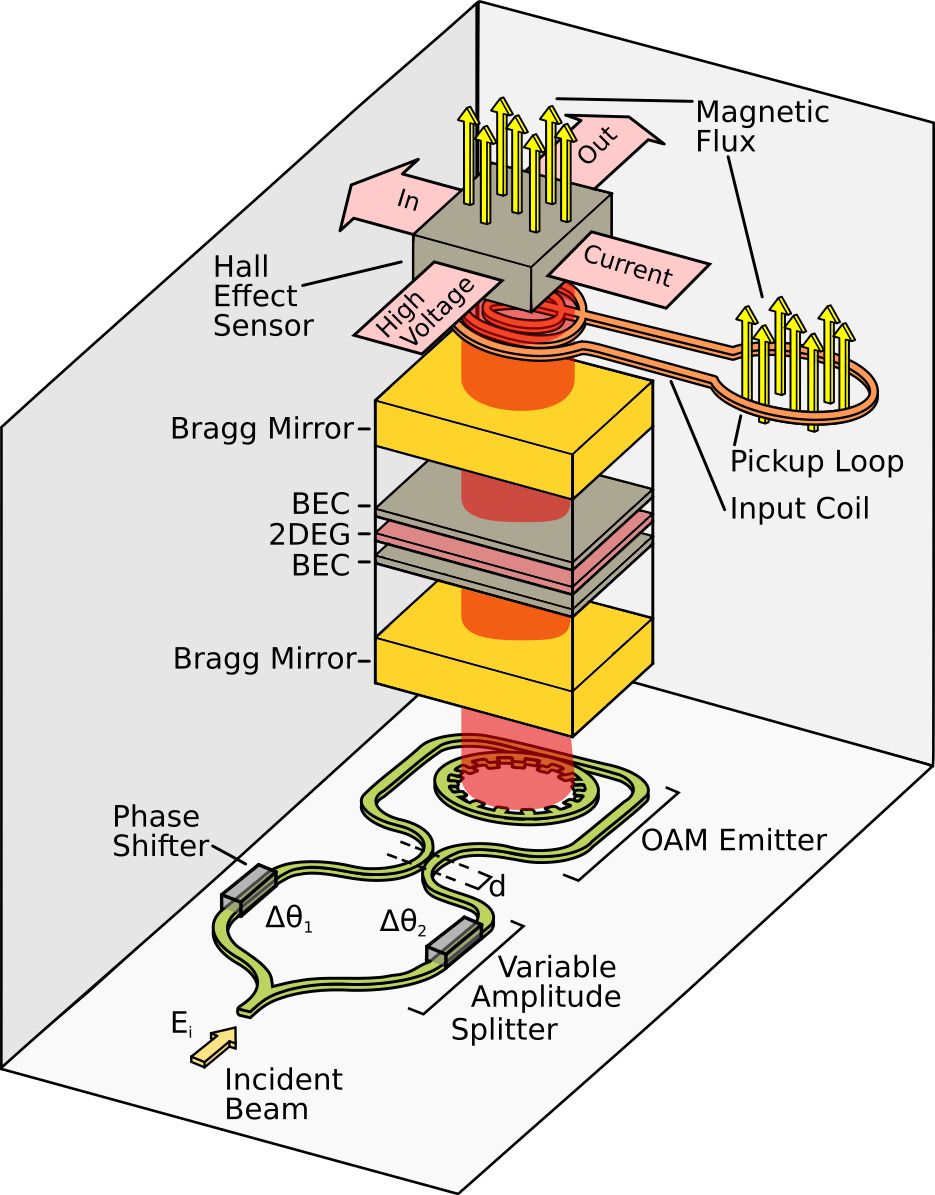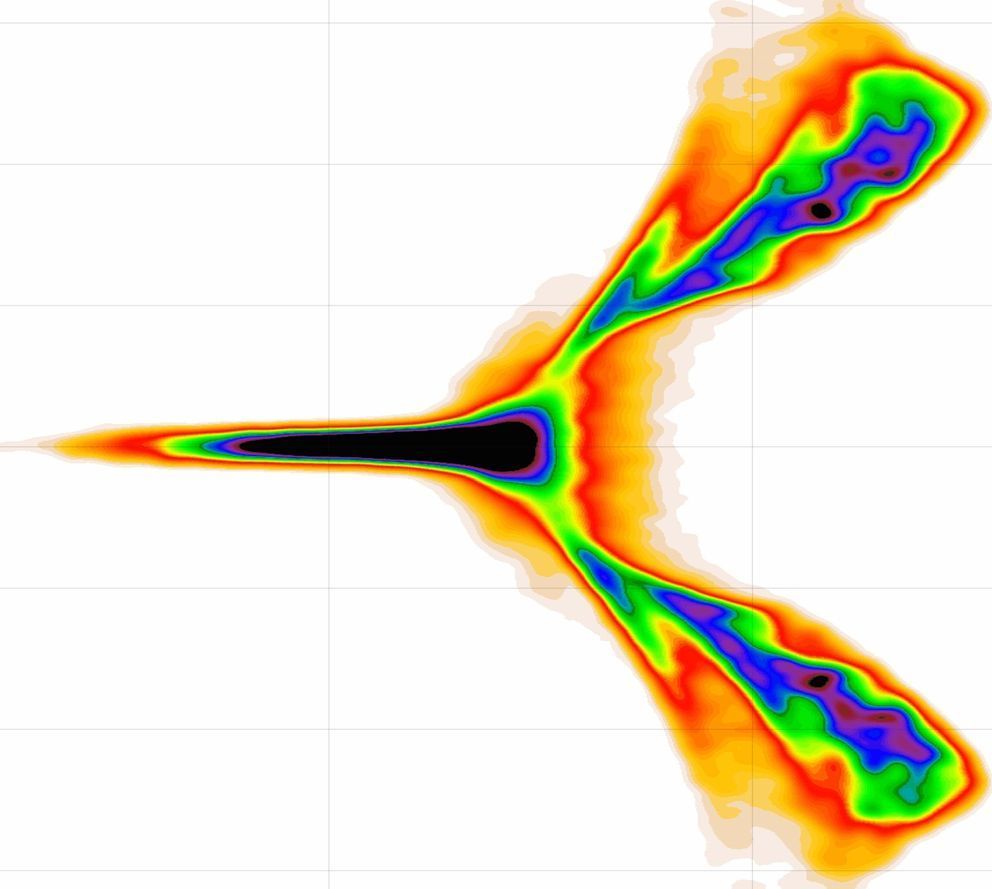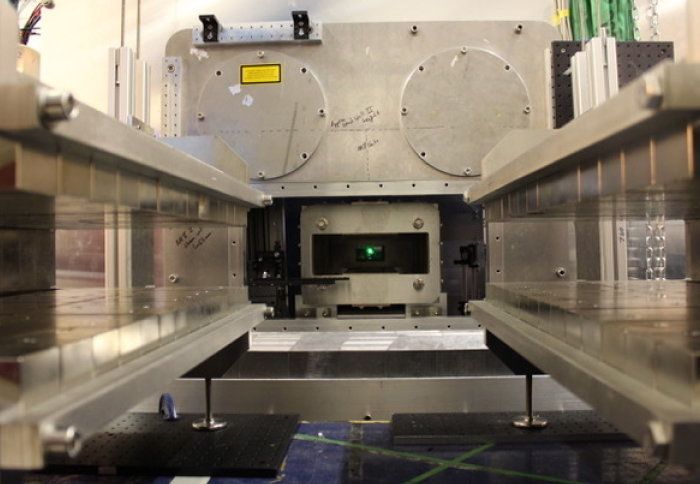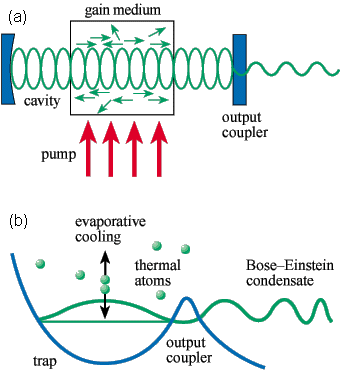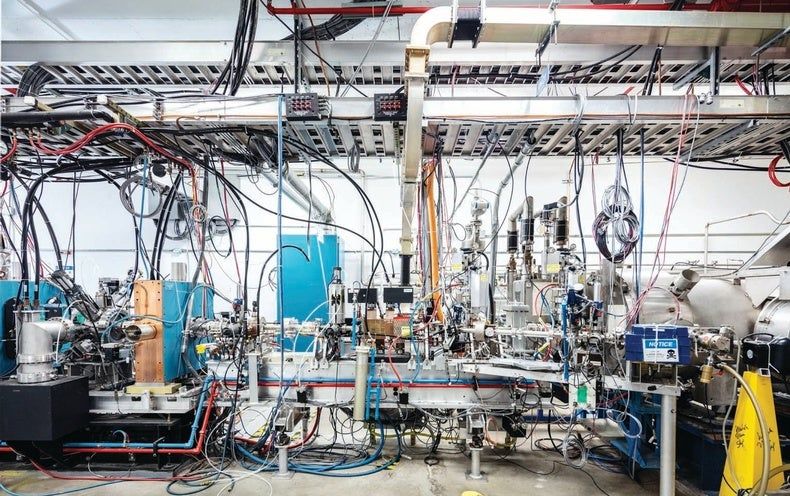New results from the Large Hadron Collider have confirmed it. The mysterious five-quark subatomic particle — the pentaquark, only discovered a few years ago — really is composed of two sets of quarks.
One is a meson, a type of particle that contains a quark and antiquark pair; the other is a three-quark baryon: the subatomic particle that makes up most of the normal matter in the Universe, including protons and electrons.
This confirms that quarks aren’t just chucked together like a loose bag of marbles, but instead are structured more similarly to the way protons and neutrons are bound in an atomic nucleus — what the researchers call a ‘molecular’ state.
